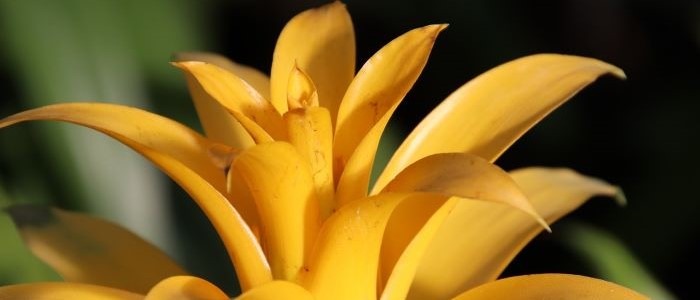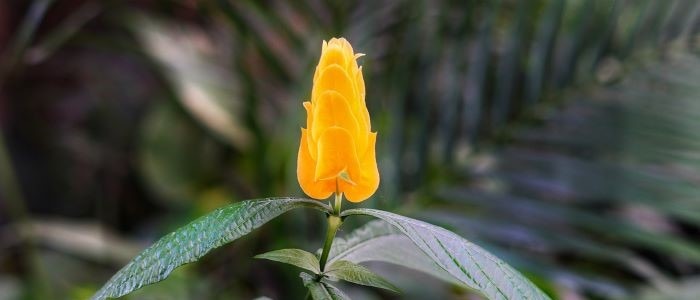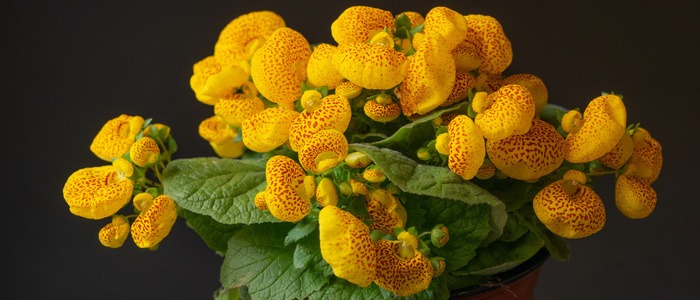Are you considering growing Zebra plants (Aphelandra squarrosa) at your home? Well, you have come to the right page. Zebra plants are relatively easy to grow, but they can be quite demanding in terms of conditions. They prefer a warm temperature with high humidity, and they need enough light to thrive. Luckily, this plant is one of the easiest plants to care for indoors, and it can even bloom indoors if you take care of it properly.
The most common Zebra plant is Haworthia Fasciata. This plant is named for its white tubercles on the outer surface of the leaf. It’s also rare, but it’s an easy plant to propagate. so, now that you know a little bit about this attractive plant, we are going to discuss how to take care, grow and prune the Zebra plant.

Do zebra plants like sun or shade?
Zebra plants prefer bright, indirect light rather than direct sunlight. While they can tolerate some shade, placing them in a spot that receives a good amount of light will help them thrive. It is important to strike a balance and avoid exposing them to too much sun, as this can lead to leaf scorching and damage. Providing them with the right amount of light will help maintain their vibrant foliage and ensure their overall well-being
How do I know if my zebra plant needs water?
To determine if your zebra plant needs water, it is important to check the moisture level of the soil. Stick your finger about an inch into the soil and see if it feels dry. If it does, then it is time to water your zebra plant. However, it is crucial to not overwater them, as they are susceptible to root rot. It is best to let the soil dry out slightly between waterings to prevent any waterlogged conditions. Additionally, observing the leaves of your zebra plant can also give you clues about its watering needs. If the leaves start to droop or become
How to Care For Zebra Plants
If you have a zebra plant, you probably want to know how to care for it properly so it blooms. Zebra plants are known to have magnificent yellow blooms that look like bromeliads or pineapples. The plant flowers in late summer or fall. The plant’s bracts remain in place for about six weeks. After the first bloom, prune off the remaining bracts to encourage the next bloom. The plant will then grow back from this cut.
You can keep your Zebra plant indoors if you follow a few tips. This plant is best grown in moderate climates with regular watering. During the summer, keep the soil moist but not soggy. In winter, you can skip watering. You can also mist the plant once or twice a week. You don’t need to water the plant every day, but be sure to keep it at a steady temperature. The best temperature is around sixty degrees Fahrenheit, but never let the soil become completely dry.
The best way to care for a Zebra plant is to keep the soil damp and preferably moist. The plant needs constant moisture levels to stay healthy. You can also use a humidifier or terrarium to add humidity. A zebra plant is usually propagated by cutting stems from a parent plant. You can also grow zebra plants by cutting off the lateral stalks. When it’s time to repot your Zebra plant, be sure to re-pot it into a smaller pot.
How to Propagate Zebra Plants
If you’re wondering how to propagate the Zebra Plant, read on for some useful tips. The Zebra Plant needs a warm climate and does best in temperatures around four degrees warmer than the outdoor temperature. Its ideal temperature range is 65-70 degrees Fahrenheit in winter and 75-85 degrees in summer. The temperature should remain relatively stable throughout the day and night. Its growing medium is soil that’s well-drained and moist.
Repotting is not necessary if you’re growing zebra plants indoors. They thrive in 5 or 6-inch pots and do not require a lot of attention. If the environment in your home is very dry, you may need to purchase a humidifier or humidity tray to keep the soil moist. The steam from a hot bath can benefit your zebra plant in bright rooms like bathrooms.
Alternatively, you can plant cuttings or other types of plants. And don’t forget to follow the instructions provided by your nursery. Propagating the Zebra Plant is easy and can be done through either leaves or offsets. If you’re planning to use the leaves, harvest the most healthy ones from the mother plant and place them in a moist potting mix.
Remember to water them only when new growth has appeared. It is also best to cut the offsets from a healthy Zebra plant. Make sure you cut the offshoots from a piece of the mother plant, preferably two or three inches long.
How to Prune Zebra Plants
After flowering, zebra plants tend to grow leggy and stalky. To keep them from becoming lanky and unruly, you should prune them periodically. Remove dead leaves and stems and remove dead flower bracts to promote bushier, fuller growth. If your Zebra plant flowers, prune the spent flowers to promote a bushier plant the following year.
Pruning the Zebra plant regularly is essential to keeping the plant looking its best. While the plant is not toxic, the sap is a skin irritant, so gloves and sterilized pruning shears are essential. Also, avoid pruning aphelandra plants around animals, as their paws and mouths are prone to irritation by zebra plant sap.
To prune a Zebra plant, remove it from its original pot and inspect its roots. Cut them to two or three inches from the base. Check for black or damaged roots and prune them using sterile scissors. Plant the newly pruned stems in moist soil or a mixture of peat moss and perlite. Afterwards, plant them in your garden. After six to eight weeks, you will see new growth. You can propagate more plants by air layering or stem cuttings.
Just remember before pruning the Zebra Plant, you should remove all dead flowers and foliage. Then, remove the spike where the flower grew. This encourages the new foliage to grow bushier. You can also cut the stems into two leaflets near the root. Trimming the stems will help stimulate growth in the spring.
Common Problems Encountered When Growing Zebra Plants
If you have decided to grow this exotic plant, it is important to keep some common problems in mind. Overwatering is a problem that many plant owners have encountered. Overwatering can cause the roots to rot, resulting in a yellowed plant. The best way to avoid overwatering is to let the soil dry completely. Overwatering that does not drain may cause leaf puckering and soft stems.
In order to grow your Zebra Plant, ensure that you follow the proper care instructions. The best way to increase the humidity in the house is by installing a cool-mist room humidifier. Another way to raise the humidity is by standing the pot over a tray of moist pebbles. Proper care will improve your plant’s blooming and reduce the risk of it dying. If you encounter problems while growing the Zebra Plant, read on to learn more about these common problems and how to overcome them.
The best way to water a zebra plant is to soak the pots in a bathtub or sink filled with clean, tepid water. After 30 minutes, allow the excess water to drip out of the pots. Repeat this process three times. Once the water dries out, repeat the watering process. It is important to follow the recommended growing conditions and never use the same soil twice.
Yellow Houseplants Other Than Zebra Plants













